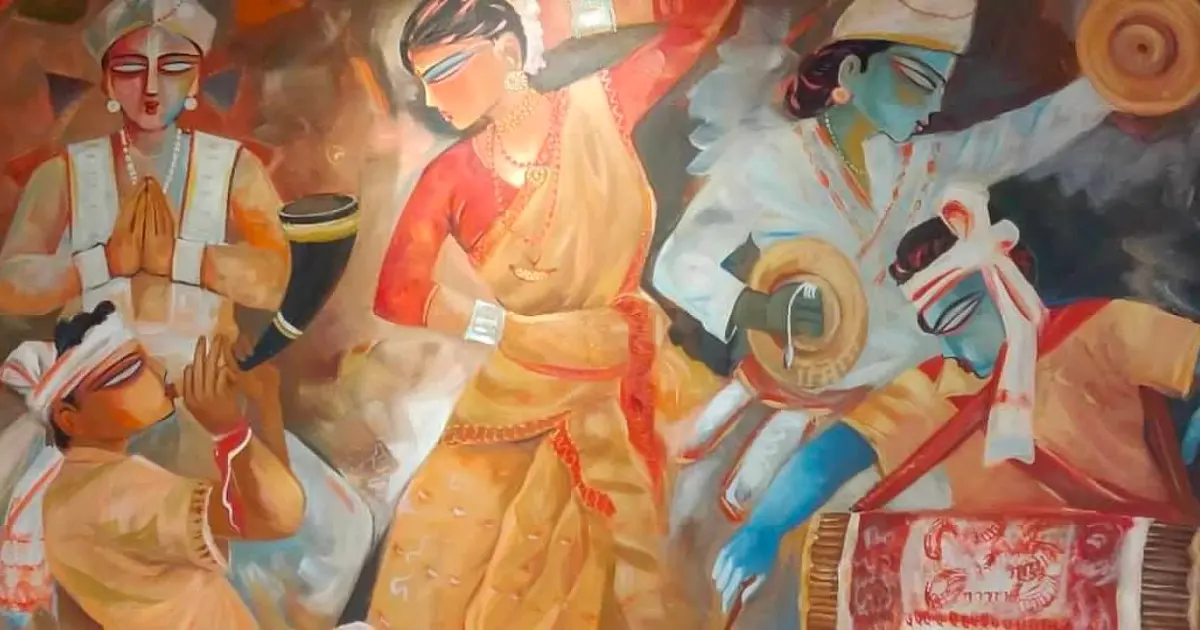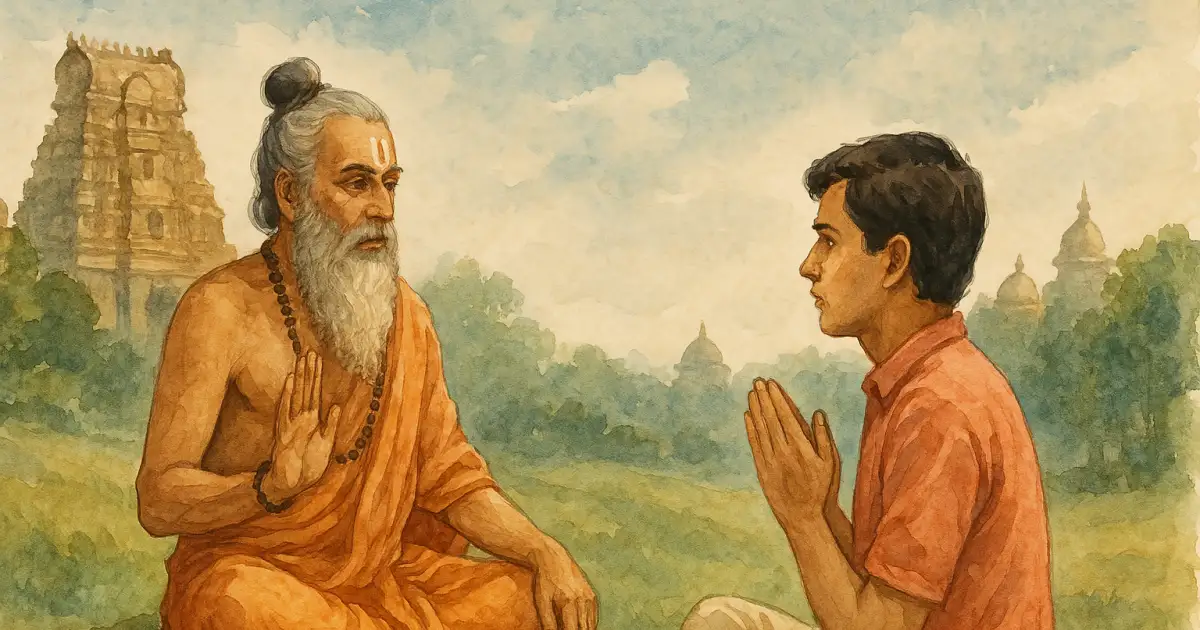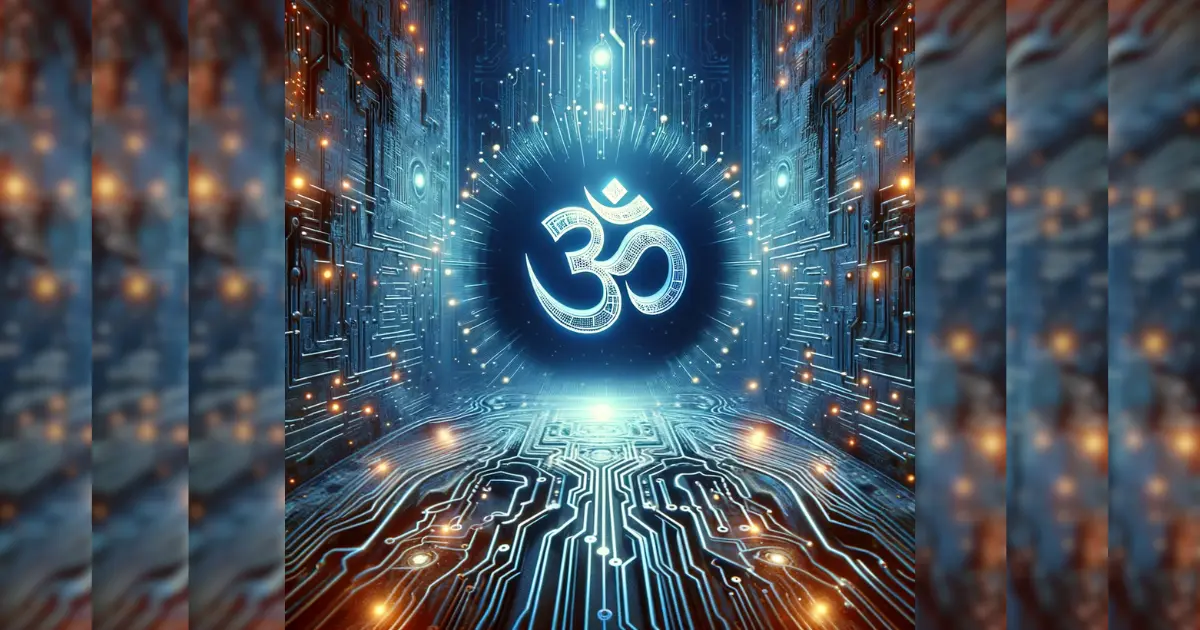We belong to the future dawns and not past noons, but a vision of the future will be built on the story of the past. As the political consciousness gives way to cultural and knowledge centric churn, contestations around the ‘Truth’ of our past, of our icons, of our fault lines are both inevitable and essential.
At an aggregate, these contestations will coalesce around a few key incidents, characters and books. The essential intellectual work of our times is to ensure that these contestations are productive. They need not converge but they should advance our collective understanding.
In other words, our goal is to create ‘dharmic futures’ - Learn from but not bask in the glory of ancient greatness, take responsibility to carry forward the eternal principles of the great Sanatana tradition.
What then are the best questions we can frame that capture the work on this dimension and how should we think about it. Like all other debates, the Hindu view is forever encapsulated in that one word - ‘Dharma’.
What is the Dharma of this discourse?
- How can we avoid the trap of deontology vs consequentialism? In other words, how do we reflect the wisdom of Dharma to transcend the seemingly opposite. From a Dharmic perspective, an action is analyzed factoring the context, action and the consciousness of the actor, simultaneously. Historical characters must be studied in historical contexts but is that enough. Should we ask what does it mean for us today and what should we do if there is a clear and present danger of foisting false ideals - Dharma is about harmonizing these opposing prospects and retaining the ability to function.
- How do we balance scholarship, strategy and polemic? From a Dharma perspective, any tool is an asset in the hands of the conscious and a liability in the hands of the compulsive.
- Should we prioritize balance, representation, truth or the goal? Why did Sri Krishna almost break his promise and pick up the weapon to kill Bhishma. Again, there is no vow greater than Dharma and Dharma is always about the larger outcome. It is not about our discomfort, our reputation, our angle. At the same time, how can we know that we are not deluding ourselves about our ability and intent?
With that view of the critical questions, we can think of a few principles or guṇas. The conventional approach to such matters has been a scholarly one. A well-established set of principles of rigor, humility and review was seen as the fabric of integrity. However, such good intentions did not prevent academia from becoming political. Every single cultural battle of today can be traced back to a politically motivated academic theory of yesterday, distributed via media and monetized by the industry.
The advent of social media challenged this hegemony. A radically networked community was now able to source and distribute facts and construct Truth organically.
Social media has been a force of good especially for the Hindu movement which never had the institutional pulpit. Almost overnight, a new set of scholars from multiple disciplines began to have rich interactions with rapid feedback loops for compounded learning and reach. However, it did not take too long for the dangers of these exponential technologies to manifest. An impatient public culture combined with State and Global Tech monopoly led strategic pursuits have sacrificed Truth at the altar of Power.
There is a bigger psychological dimension to this as well. The nature of social technologies is to feed lower tendencies and hijack our senses. The design ethos is centred around monetizing attention and not elevating dialogue.
Culture today makes an incessant push to have an opinion on an incredibly large range of topics through infinitesimal reflections.
In this backdrop, we need a set of 1st principles to think through our public debates especially within the Hindu RW discourse landscape. As our survey of the past becomes urgent, our attitudes cannot become indolent.
At Bṛhat, our goal is to contribute to the evolution of an intelligent, courageous and strategic civilizational discourse. So, here is the way we think about it. Each of these words contains a whole world of philosophy but we use them as sort of sūtras to guide our own writing and editorial decision making.
- Antahkaraṇa: Awareness of our own motivations and intent. Civilizational movement demands a strategy and an ideology but it can never be decoupled from self-awareness. Even and especially when our goals are strategic and ideological, we must work extra hard to acknowledge our intent to ourselves.
- Ānvīkṣikī: Tarka in the service of Dharma: The intellectual and cognitive dimensions must always serve the larger good. As we become popular, the risk of using our intellect to rationalize our ethical inadequacy becomes severe. We must ask ourselves if my argument is advancing Dharma or my image of myself.
- Viveka: In assessing historical characters and situations we must be generous. We cannot project our contemporary attitudes onto the past. The past must be judged in accordance with the then prevailing context. A historical character is a product of the times and the comparisons must be relative to the times. However, this should not slide into an exercise of banality and obfuscation. Clarity is a function of Dharma proximity – Enlightened neutrality is a myth.
- Dhairya: Attaching our identity to a cause, an idea, an organization is an act of courage. It is not easy. It is difficult to endure on this path when the reality of life intrudes – Our careers, our lifestyle, our funding compulsions are all very real issues. However, this cannot be allowed to subsume our courage. We must take clear positions, provide the logic and correct ourselves with alacrity when we are proven wrong.
- Aucitya: Lastly, there should be a sense of proportion and a system design for dignity. A wider representation to avoid monochromatic and the temperament to engage. This should however not slip into an end unto itself. Comprehensiveness or representation is not a guarantor of Truth. Viveka must guide Aucitya.




